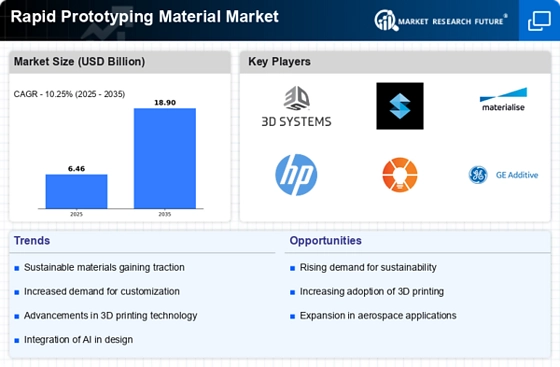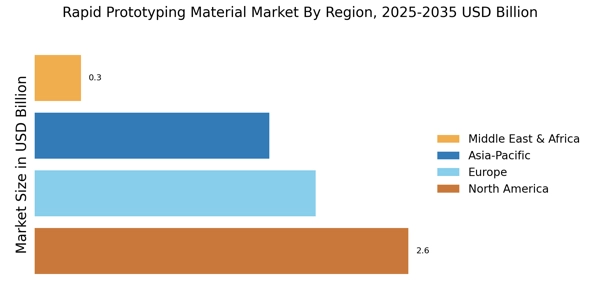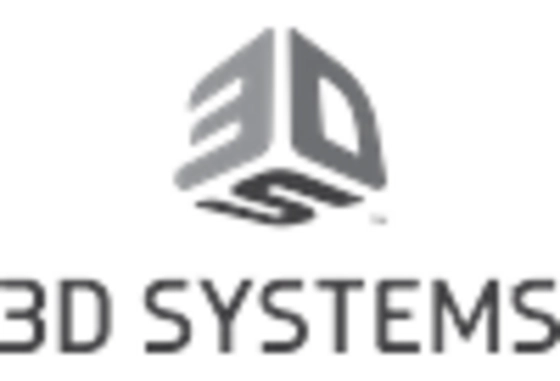The Rapid Prototyping Material Market is currently characterized by a dynamic competitive landscape, driven by technological advancements and increasing demand for customized manufacturing solutions. Key players such as 3D Systems (US), Stratasys (US), and Materialise (BE) are at the forefront, each adopting distinct strategies to enhance their market positioning. 3D Systems (US) emphasizes innovation through continuous development of advanced materials, while Stratasys (US) focuses on expanding its global footprint by establishing partnerships with local manufacturers. Materialise (BE) appears to leverage its software capabilities to integrate seamlessly with hardware, thus enhancing user experience and operational efficiency. Collectively, these strategies contribute to a competitive environment that is increasingly focused on technological differentiation and customer-centric solutions.
In terms of business tactics, companies are increasingly localizing manufacturing to reduce lead times and optimize supply chains. This trend is particularly evident in the moderately fragmented structure of the market, where smaller players are also emerging to challenge established firms. The collective influence of key players is significant, as they not only set industry standards but also drive innovation through collaborative efforts and strategic partnerships.
In August 2025, 3D Systems (US) announced a partnership with a leading automotive manufacturer to develop specialized materials for high-performance applications. This collaboration is strategically important as it positions 3D Systems (US) to tap into the growing automotive sector, which increasingly demands rapid prototyping solutions that can withstand rigorous testing and performance standards. Such partnerships are likely to enhance their market share and reinforce their reputation as a leader in material innovation.
Similarly, in September 2025, Stratasys (US) launched a new line of bio-compatible materials aimed at the medical sector. This strategic move not only diversifies their product offerings but also aligns with the increasing demand for personalized medical solutions. By focusing on bio-compatible materials, Stratasys (US) is likely to capture a significant share of the healthcare market, which is rapidly evolving towards more customized and patient-specific applications.
In October 2025, Materialise (BE) unveiled a new software platform designed to optimize the 3D printing process for industrial applications. This development is crucial as it enhances the efficiency of the prototyping process, potentially reducing costs and time-to-market for manufacturers. By integrating software solutions with their material offerings, Materialise (BE) is positioning itself as a comprehensive provider in the rapid prototyping space, which could lead to increased customer loyalty and market penetration.
As of October 2025, the competitive trends in the Rapid Prototyping Material Market are increasingly defined by digitalization, sustainability, and the integration of artificial intelligence. Strategic alliances are becoming more prevalent, as companies recognize the need to collaborate to enhance their technological capabilities and market reach. Looking ahead, it is anticipated that competitive differentiation will evolve from traditional price-based competition to a focus on innovation, advanced technology, and supply chain reliability, thereby reshaping the landscape of the rapid prototyping industry.


















Leave a Comment